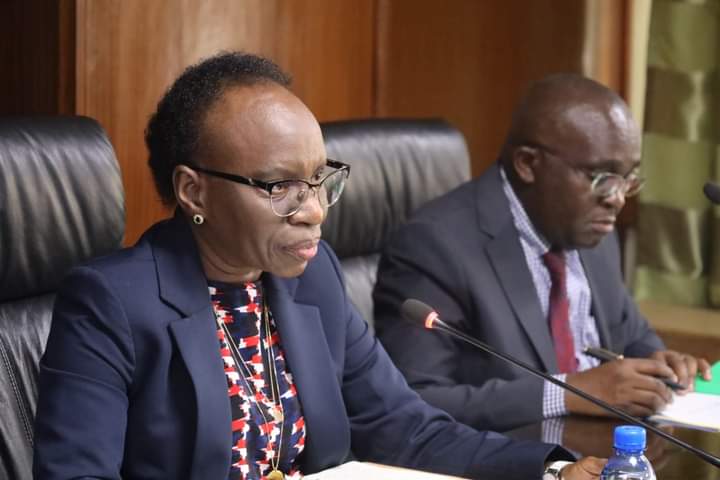By The Weekly Vision Team
The unveiling of the subsidized lunch programme for primary school students in Nairobi by Governor Johnson Sakaja, named Dishi na County, is facing a fresh storm after initial resistance from critics who argued that the programme only provided an opportunity for the governor’s allies to misuse county resources.
A fresh storm has hit the programme after revelations emerged that there are issues affecting the procurement of fresh milk meant for his pet project, the feeding programme for children in the Early Childhood Education Centres (ECDC). According to reliable sources at City Hall, the contract for the procurement and delivery of fresh milk was obtained through a framework agreement that was established to facilitate the supply of 333,333 cartons of fresh milk, with each carton containing 200 ml. at a unit price of Ksh. 36. The Weekly Vision has been told that the manner in which the entire tender process was executed was flawed. As a result, there are urgent appeals for the Ethics and Anti-Corruption Commission to swiftly undertake investigations into this issue.
The tender only managed to attract two bidders, this was in direct contradiction to Section 114(c) of the Public Procurement and Asset Disposal Act, 2015, which clearly states that a minimum of seven alternative vendors should be included for each category. Moreover, the contract was signed between the company and the county executive on June 21, 2022, before a professional opinion was provided and endorsed.
It has also been discovered that the milk was delivered to the stores, accounted for, and distributed for usage without the inspection and acceptance committee’s reports. To further highlight the shortcomings in this tender, the lowest bidder presented a unit price of Ksh.23.50 per packet of milk. If the county executive had chosen the lowest bidder for the contract, the taxpayer would have saved Ksh.4,089,501.
There are no existing records for information on the distribution schedules, including the locations where the milk was distributed. Under Sakaja’s leadership, the county also incurred a Ksh. 690,871,605 expenditures concerning scholarships and other educational benefits. However, available information on the issuance of scholarships and ward bursaries revealed that 47 beneficiaries with a total disbursement of Ksh. 2,504,313 came from counties other than the County Executive of Nairobi City, while 25 beneficiaries with a total disbursement of Ksh. 1,165,465 came from private primary schools.
Further, analysis of data at the Education Department shows that there are cases of the issuance of both scholarships and ward bursaries to 683 beneficiaries, totalling Ksh. 32,030,110. In the circumstances, the regularity and proper management of the scholarships and bursaries by the Skaja administration remain a mystery.





